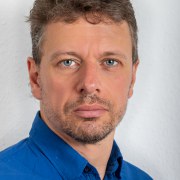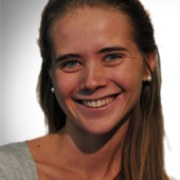Visitor studies: chances and challenges of digital methods
The digital era brings new tools for visitor research, for instance the possibility to track visitors and their activities. These methods stretch the boundaries of visitor research into the big data area. Instead of asking visitors about their experience, we can now track their activities during the visit without having to interrupt their authentic course. But how?
Based on a hands-on experiment, you will experience automated collection of 3D data of visitors’ activities. You will become acquainted with specific examples of data collection and combination in a way which allows a realistic look at frequently discussed technologies. New methods enable visitor studies to strive for new goals, but also to raise questions. Speakers from IT, interaction studies and museums discuss on what museums can expect from digitised visitor studies and the pros and cons of such methods.
Facilitator
Head of Exhibition and Education
Session speakers
Technical University of Kaiserslautern (physics education)
I bring the technical perspective of a developer of the systems for contactless IT-based tracking of visitors' behavior in museum spaces. I am planning to show my experience of the evaluation and working with tracking data and also compare and critically contrast the digital possibilities of today and near future.
Head of the URPP Language and Space Labs
University of Zurich (Linguistics)
When interacting at exhibits in groups, visitors constantly establish spatial configurations by arranging their bodies around the exhibits. Through analysis of the orientation of their upper and lower bodies, the position of their feet and their gaze direction as well as their movement through space, we can gather information from the 3D data, such as whether visitors are engaged with exhibits or not, or the temporality of their visit.
I will bring the perspective of a museum practitioner and I would like to talk about how new technologies of studying visitors can be implemented in the museum space and about the impact that the results will have on.
I bring the experience in the evaluations of self-guided learning based on students’ behavior. The study I am involved in investigates four different designs of self-guided resources focused on a set of five interactive exhibits.
science didactics specialist and developer
As linguists and researchers of multimodal interaction we offer our insights and knowledge which we accumulated through qualitative analysis of visitors’ interactions in the science centre. Those are important to define appropriate criteria for the automated recognition of visitor activities.






